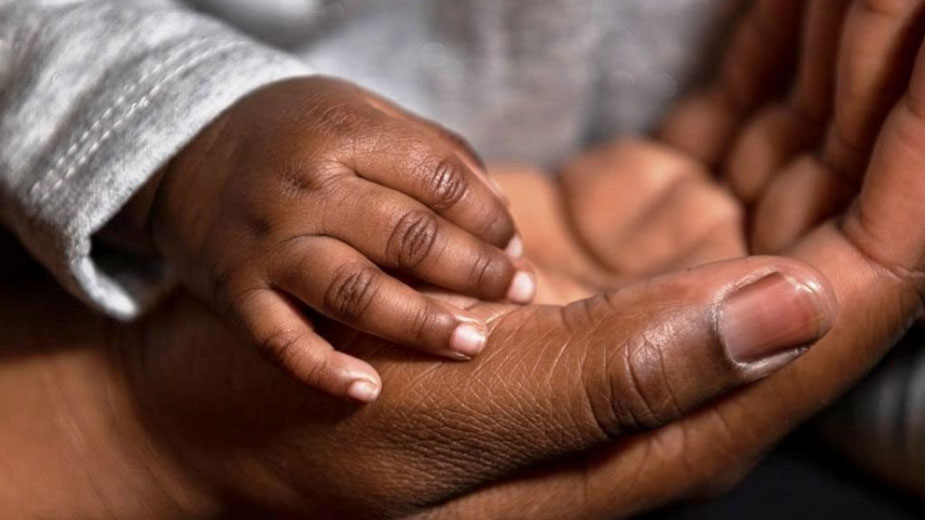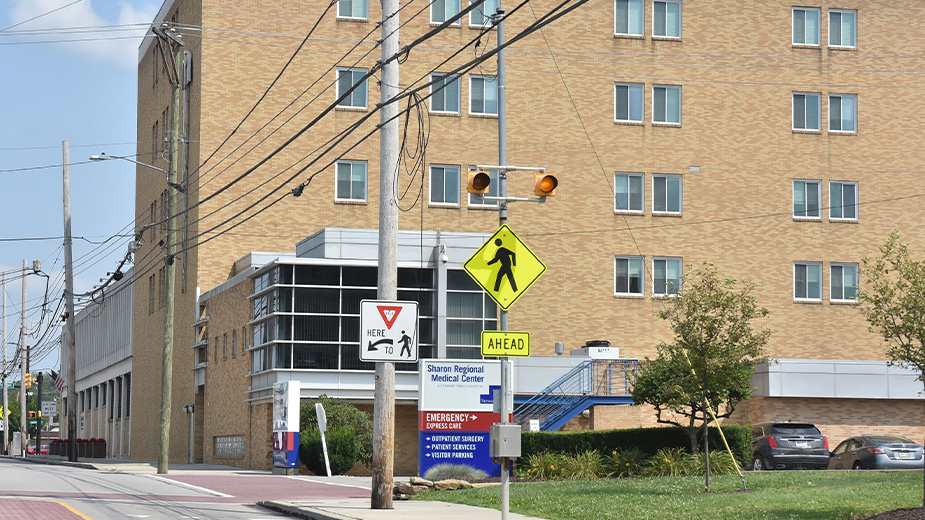Home Visitation Program Reduces Infant Mortality in Medicaid Recipients
By Miesha Wilson Headen
This article provided by Eye on Ohio, the nonprofit, nonpartisan Ohio Center for Journalism. Please join our free mailing list as this helps us provide more public service reporting.
Miracle M. wrapped her arms around herself and rocked back and forth as she retold the story of her premature daughter’s death. Her daughter was born at 22 weeks, weighed nearly four pounds, and died in 12 hours.
“Even after she died, I held her for two more days. I could not let her go,” said Miracle.
A crisis, sad but common, occurred in the fifth month of Miracle’s pregnancy. The 2018 Ohio Fetal Mortality Brief states half of all reportable fetal deaths occurred between 20 and 27 weeks of gestation.
“After the ultrasound, they rushed me to labor and delivery. They said that my uterus was opening, and I had dilated 6 centimeters. I said, ‘how does that happen?’ and they did not have an explanation for me.”
She was told that her cervix had dilated six centimeters. She underwent an emergency cervical cerclage, a procedure that uses sutures to reinforce the cervix during pregnancy in women. Her sutures tore within two weeks.
“The doctor tells me, ‘You’re going to have to deliver this baby. You’ll probably deliver it today and the baby will last not longer than an hour.’ He just told me bluntly. There was no compassion in it.”
Ohio Ranks 41st out of 50 states in infant mortality.
Centers for Disease Control (2018)
The Social Determinants of Health
Miracle grappled with the “social determinants” of health. In August 2020, the Ohio Minority Health Strike Force estimated that health is shaped by several modifiable factors. A person’s social, economic, and physical environment accounts for half of the health disparities and unfavorable health outcomes.
“Living in a disadvantaged community can influence health directly through substandard housing conditions, inadequate access to food or transportation, and high levels of stress due to safety concerns,” said Dr. Elizabeth Tung of the University of Chicago.
Miracle did not have a car. Residing without a car in Detroit-Shoreway effectively confined her to care at MetroHealth. In 2019, Medicaid Services assigned MetroHealth the lowest rating of any hospital with a labor and delivery ward in Cuyahoga County. In a patient survey, 47% of MetroHealth patients “Strongly Agree” they understood their care when they left the hospital, compared to Hillcrest at 52% and Fairview at 57%.
Neighborhood violence is a predictor of poor health outcomes. In 2018 and 2019, Detroit-Shoreway recorded some of the highest incidents of gun violence and reported felonious assaults in Cleveland.
Miracle lived across the street from an abandoned lot where a mother was charged with the murder of her 5-year-old son whose remains were found in a yard in 2017.
Solution: Bringing Customized Healthcare to Every Home
In January 2019, Governor Mike DeWine expanded the Home Visitation initiative, specifically to combat the detrimental effects of social determinants on poor Ohioans. Miracle is the type of mother who could have benefitted.
Home Visiting is a free, voluntary service that provides pregnant women with the necessary resources and skills. To be eligible, families must have income at or below 200 percent of the federal poverty level.
“These Home Visit Programs are cutting edge, and they significantly decrease infant mortality,” said Bernadette Kerrigan, Executive Director of First Year Cleveland, a community movement dedicated to reducing infant mortality.
Bright Beginnings is the Home Visitation intake organization for Cuyahoga County. They refer expectant mothers to 14 non-profit groups who assist the family with housing, food, transportation, prenatal and postpartum education, and well child visits.
In Ohio, infant mortality for Whites was 5.4 deaths per 1,000 live births. For Blacks, it was 11.2 deaths per 1,000 live births.
Centers for Disease Control (2108)
Home visiting is one of the Ohio Department of Medicaid’s most critical strategies for reducing infant mortality. As a result, in part, of the Ohio Department of Medicaid’s investment in home visiting, Ohio has seen fewer preterm births and shorter stays in neonatal intensive care units.
“What I love about the Home Visit programs is they take the needs of the expectant parents and hear what they need to have a healthy delivery. They try to meet those needs,” said Bernadette Kerrigan.
First Year Cleveland has been active in leading efforts to scale up effective programs serving Black expectant and new parents. As a result, the community has increased the number of Home Visiting and birth worker slots and has served 3,600 additional consumers over three years through the Ohio Department of Medicaid grants to four highly effective agencies – MomsFirst, Birthing Beautiful Communities, Moms & Babies First, and Nurse Family Partnership.
Cuyahoga County infant mortality rates among Black women have shown improvement, declining from a high of 18.5 deaths per 1,000 live births in 2015 to 14.9 in 2018, 16.34 in 2019, and 15.3 through 9/2020 during the COVID-19 pandemic.
Rep. Stephanie Howse touts House Bill 11, her bill which requires the Ohio Department of Health to market and advertise the Home Visitation programs, making more needy moms aware of this life-saving opportunity.
“House Bill 11 demonstrates our commitment to fixing a broken healthcare system which has been proven to cause disparities in Black maternal health outcomes. Enacting this bill is a milestone, but there is still more work to be done,” said Rep. Howse, co-founder of the Ohio Black Maternal Health Caucus.
This story is sponsored by the Northeast Ohio Solutions Journalism Collaborative, composed of 20-plus Northeast Ohio news outlets including Eye on Ohio, which covers the whole state.
Photo Credit: Karin McKenna
Published by The Business Journal, Youngstown, Ohio.



